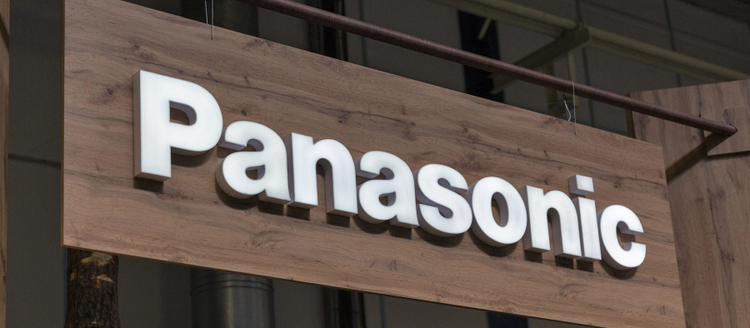In Complex Times, Panasonic Made Its B2B Marketing Simple

Panasonic has long been a household name in consumer electronics, but the company’s biggest presence is B2B technology. From media and streaming giants to electric car manufacturers, Panasonic hardware and software fuels nearly 300,000 organisations operating in virtually every industry.
“Aviation, higher education, media, you name it. We help some of the world’s most exciting companies run more smoothly and better serve their customers”, says Joerg Hufschmid, manager marketing at Panasonic Business Europe.
This is an enviable position to be in, but it also presents a challenge for Panasonic’s marketers, who must find a way to engage many different audiences, in different countries, with vastly different needs and customs.
Communications in the time of the coronavirus
The COVID-19 pandemic has brought about its own complications. With organisations around the world putting their projects on hold and sales conferences postponed until 2021, Panasonic needed to explore new avenues to reach its customers.
“Digital experiences will never replace real-life conferences, but where there is change there is opportunity”, Hufschmid says. “When big trade shows like NAB [in April] were cancelled, we knew we had a chance to engage a high-priority audience that suddenly had a hole in their schedule, if we moved quickly enough”.
His team decided to host a digital “NAB Show Express” webinar, using Marketo’s marketing automation platform to target the National Association of Broadcaster’s audience of content producers and create some buzz in the community. Panasonic’s webinars previously generated between 50 to 60 leads, but with business leaders quarantined at home and eager to hear about the latest media technologies, the company was able to secure 700 leads from a single digital event.
“We’ve since started to run between 10 and 20 webinars each week, a strategy that will continue even after the coronavirus pandemic passes”, Hufschmid adds. “The engagement we’ve seen has been excellent, and more people are beginning to appreciate how much they can learn and accomplish by tuning in to these events”.
Global ambitions
Hufschmid first turned to Marketo, part of Adobe Experience Cloud, for Panasonic’s email marketing in 2012. Today, the company uses Marketo to run nearly 1,500 campaigns each year, from initial concept to local marketing activities across Europe.
In April 2020, Panasonic kicked off a new phase of its digital transformation in which Hufschmid and his team are aligning the company’s global marketing operation with a new web infrastructure and Marketo at its core. Panasonic needs a single, centralised marketing engine to drive alignment between its local offices around the world, while allowing each team to preserve the local flavour that is so crucial to its customer relationships.
Adding to the complexity of having global and a diverse set of customers, Panasonic also delivers a broad range of products, each with its own DNA and target audience.
“We need to be mindful of our users and the conditions they work in”, Hufschmid says. “For instance, retailers are in a unique position under COVID-19, and their efforts have shifted from in-store sales to online. Meanwhile, we’ve seen higher demand than ever for our AV equipment, especially from schools that need to teach students remotely, and we’ve been able to nurture those connections with timely and relevant outreach”.
Hufschmid highlights a Marketo-driven campaign to promote Panasonic’s latest high-quality camera and tracking software for schools. Together, the technologies record professors’ every move during lectures so viewers can fully experience them no matter where they are tuning in from. Within weeks of launching a giveaway of 25 free hardware/software sets in Europe in April of this year, Panasonic received more than 200 applications from universities across the region hoping to win.
Know thy audience
For Hufschmid, Panasonic’s B2B marketers have the opportunity to deliver a unique form of personalisation.
“We’re not a global consumer packaged goods brand, running huge campaigns that speak to every person on the planet”, he says. “We target specific audiences with even more specific needs, and that requires a marketing platform that allows us to deliver tailored messages at this granular level”.
This thinking has clearly paid off. Where Hufschmid and his team previously attributed up to 26 per cent of sales to their marketing efforts, this figure doubled to 51 per cent in 2019.
Bringing it all together – the ability to roll out dynamic content, give customers the information they need instead of overloading them with messages, score leads more accurately – “all of these capabilities add up to an incredibly powerful way of working”, Hufschmid says, “and the best part is that we’re only getting started”.
Read the full story here.